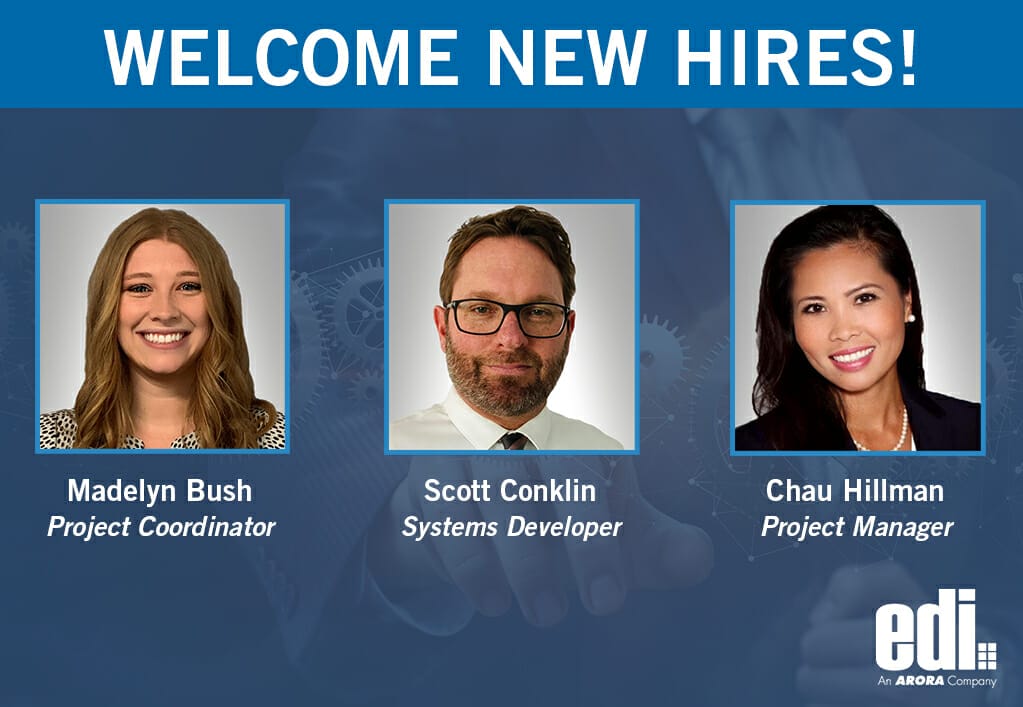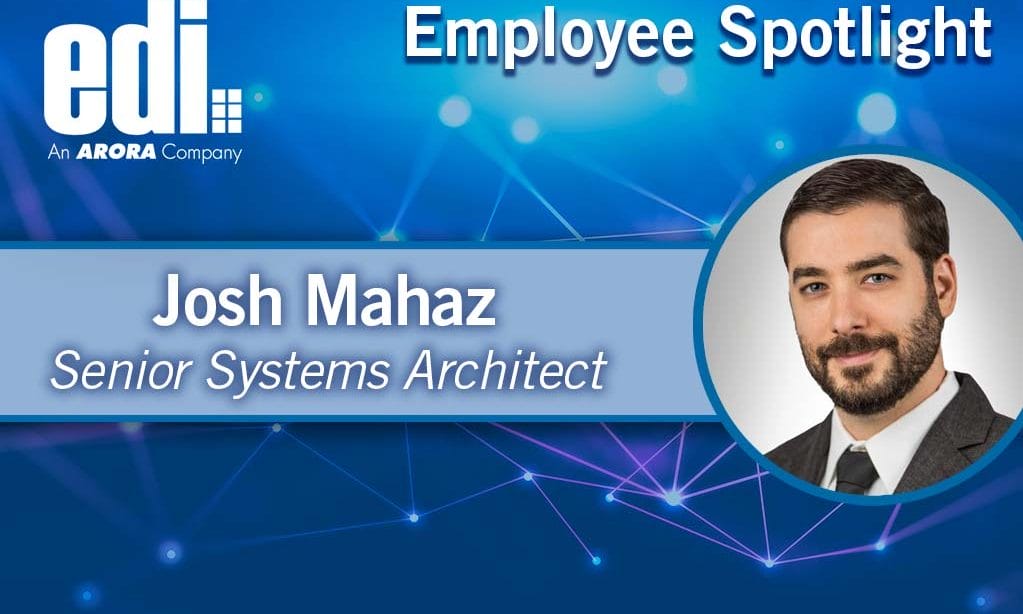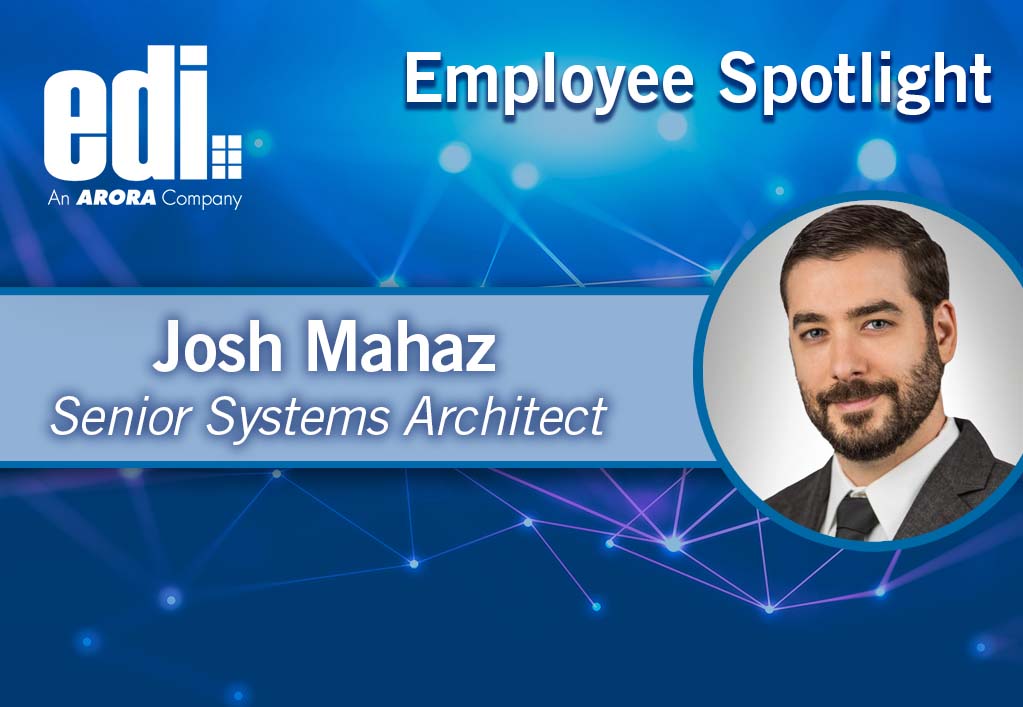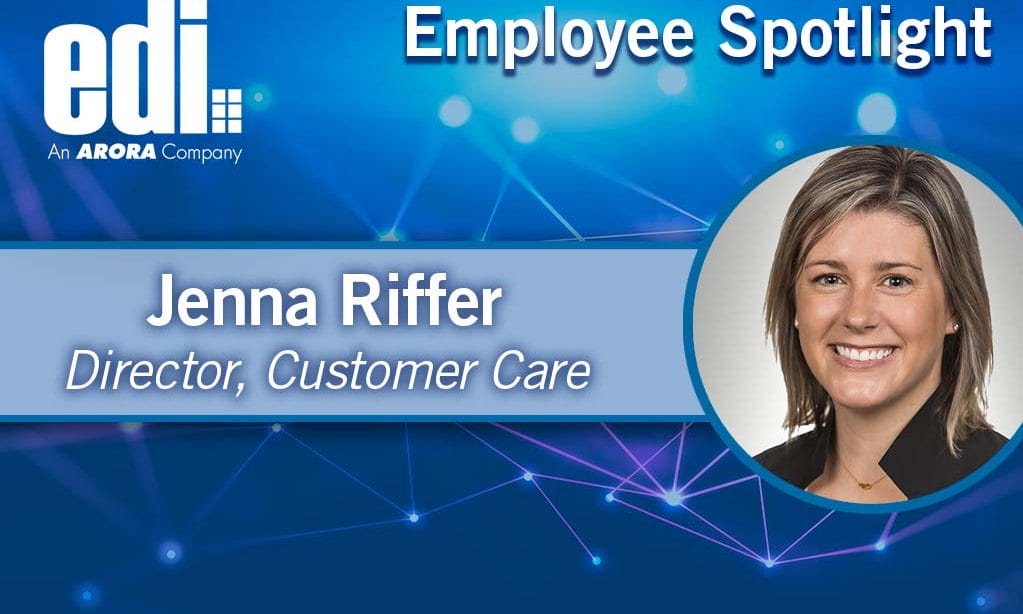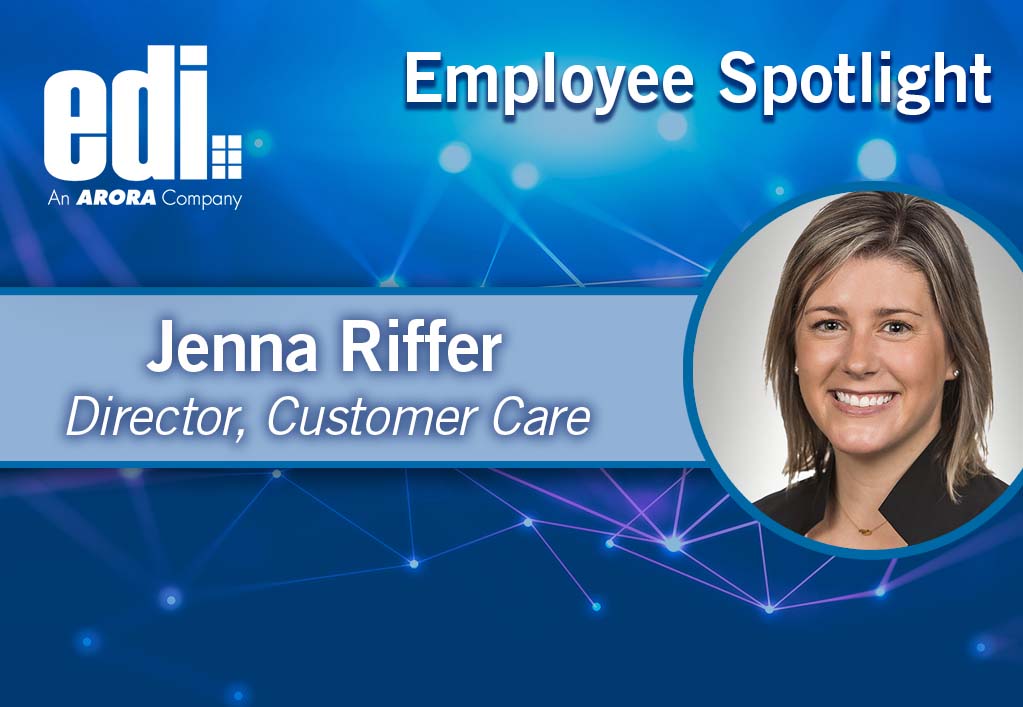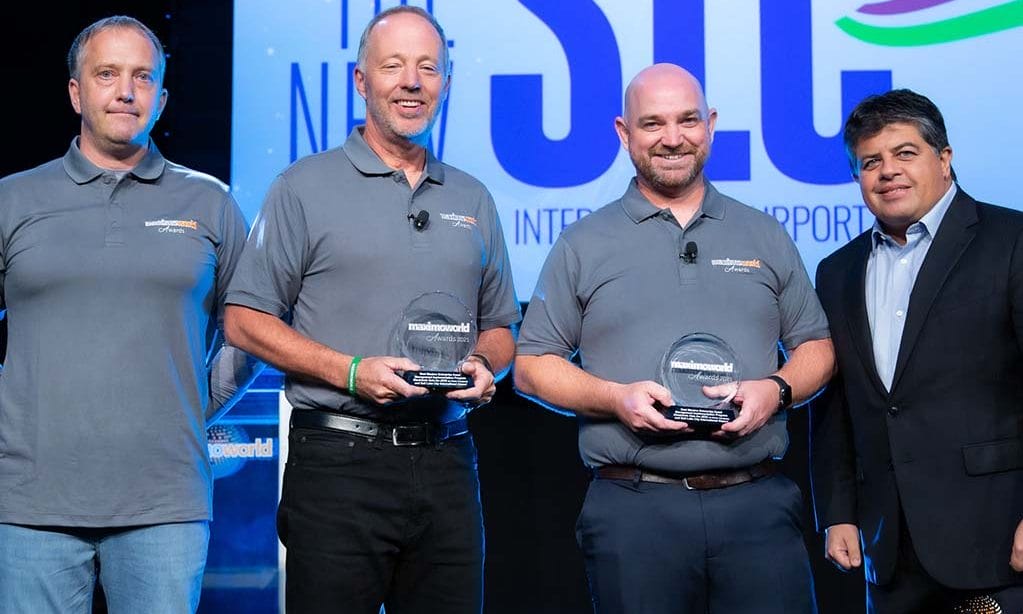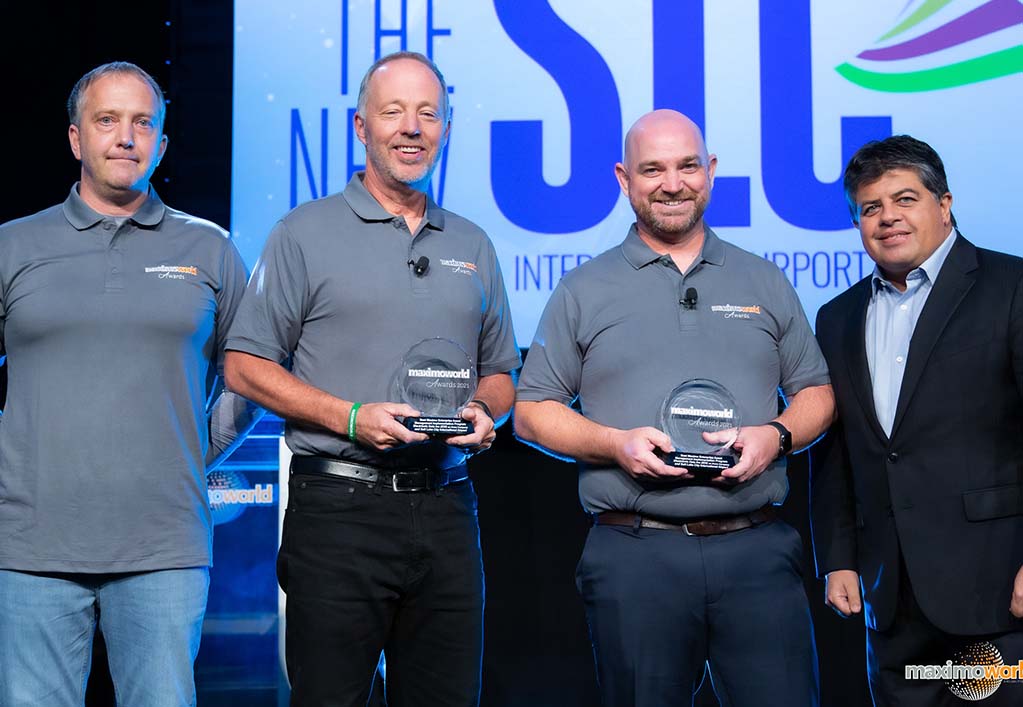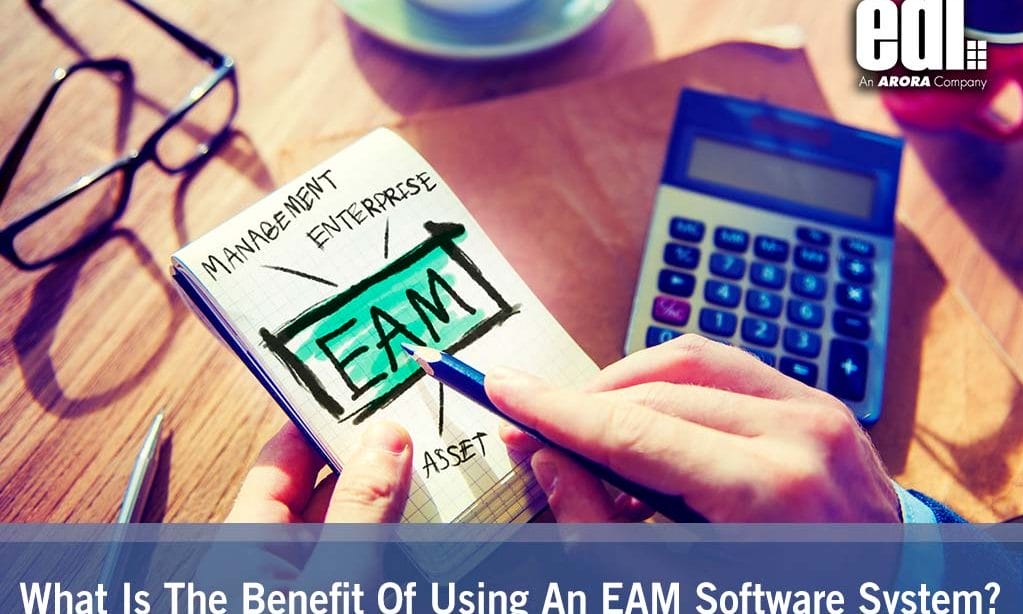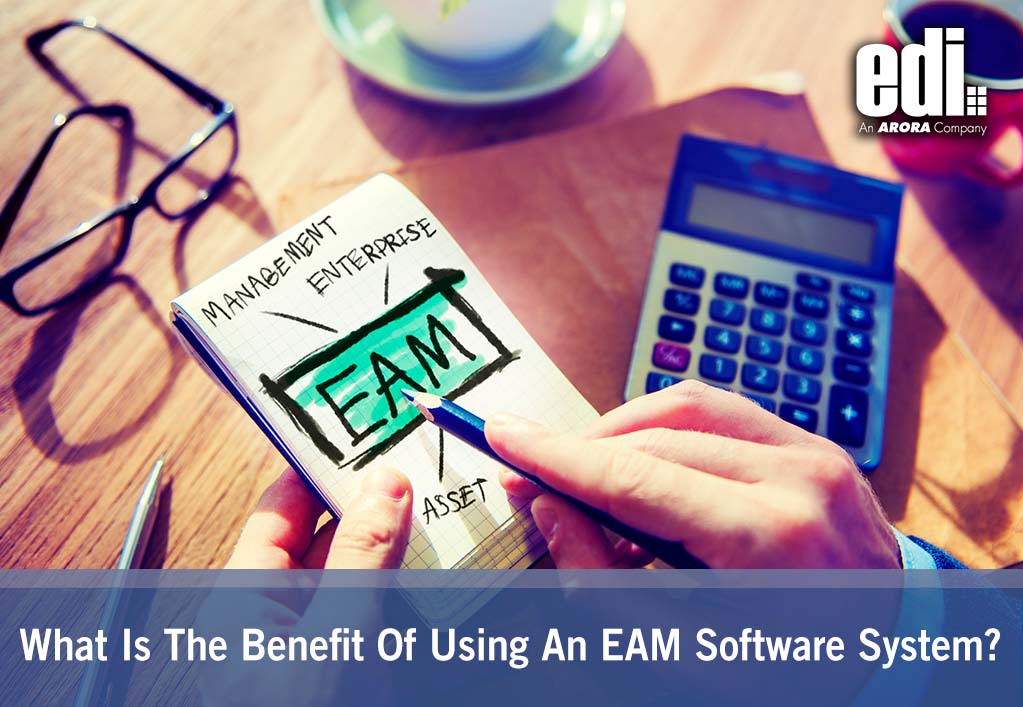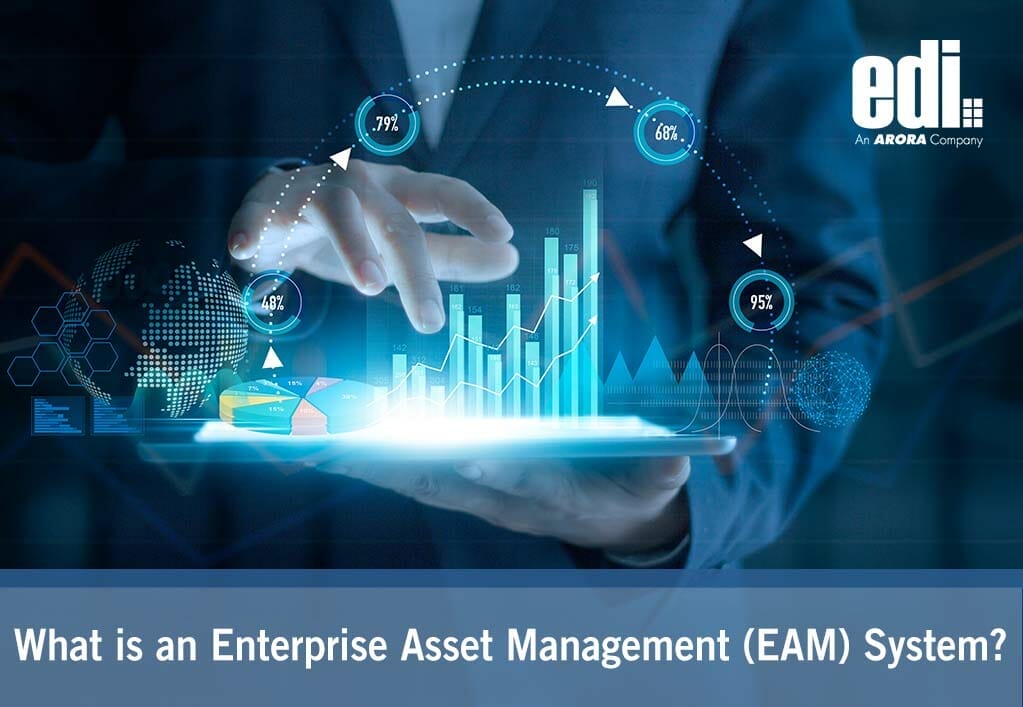NEWS AND INSIGHT
Categories
Tags
Recent Posts
How IBM Maximo Asset Management Software Helps Organizations Optimize Their Assets & Infrastructure

Management teams operating asset-intensive businesses have a long list of processes to monitor and expensive equipment to maintain in order to keep their business running smoothly. A single error can result in increased costs, labor, and downtime, which is why many asset managers trust IBM’s Maximo asset management software.
The asset management features available in the IBM Maximo Application Suite present management teams with an array of effective solutions to monitor, organize, and simplify standard processes. The suite includes applications focused on workplace safety, remote monitoring, predictive maintenance, AI-aided inspections, operational data, and additional cutting-edge technologies designed to optimize asset management.
Let’s examine the organization and optimization capabilities of Maximo software in relation to asset management.
Process Efficiency
IBM’s Maximo software utilizes a system of process management tools that aid businesses in effectively meeting the requirements present in a given industry. The application suite combines a variety of features so that management teams can streamline day-to-day processes without missing any key steps or running into delays along the way.
The system improves efficiency when it comes to asset management by allowing central control of asset-related activities like scheduling, maintenance, performance, and resource optimization. Maximo’s software makes it simple to ensure adequate inventory levels, maintenance availability, contract management, asset tracking, and much more.
Each element of asset management can be handled in one location and asset management teams can quite easily reduce wasted time and costs associated with inefficient practices.
Utilization of Analytics
IBM Asset Management Solutions allow teams to merge real-time asset data and information. The utilization of the analytical features can reduce task scheduling and complexity, streamline an array of business processes, and integrate multiple systems to where they operate in a single, highly-functional network.
The integration allows past and present collections of analytical data to generate reports that provide insight as to which processes are operating effectively and which processes could stand to see some improvement.
For example, data collection and analysis can be used to reduce downtimes, extend equipment lifecycles, increase effective business operations, focus various maintenance resources to fit needs, and unify business processes throughout a selection of sectors (automotive, electronic, IoT, manufacturing, etc.).
Real-Time Data
The collection and analysis of real-time data allows management teams to utilize user-friendly reports to support decision-making across the entirety of the business. In asset-intensive organizations, Maximo’s asset management solutions can:
- Reduce risks by determining the importance of the assets used throughout the company (based on resource limits and availability, asset criticality, etc.)
- Monitor assets in their physical locations and determine location hierarchies
- Capture, organize, and analyze maintenance information, failure data, and monitoring information to develop predictive maintenance and reliability-centered maintenance plans
- Improve maintenance practices by integrating environmental information, health and safety protocols, and operational history through Maximo’s unification of incident management reports, risk analysis, and more
Time & Cost Savings
Maximo prevents unnecessary downtime and reduces costs by allowing asset management teams to easily keep track of all the elements involved in maximizing asset returns. The system provides real-time information regarding:
- Parts Inventories
- Available Technicians
- Physical Locations of Assets
- Maintenance History and Schedules
- Contract Management Information
- Warranties
- Leasing Information
With these key informational components available at the fingertips of asset managers, businesses can easily conduct preventative maintenance, avoid fees, and ensure that staff and inventories are available before maintenance is scheduled. Being certain that every element is in order reduces labor hours, lost time, and the possibility of misplacing valuable assets.
The IBM Asset Management Solutions utilized by various businesses lead to significant ROIs, as well as the following labor-related benefits:
- Up to 20% reduction in the cost of labor
- Up to 25% reduction of lost time and equipment failure
- Up to 15% reduction in the cost of inventory
Customization for Industries
IBM Asset Management Solutions are not geared toward any single industry, and the tools therein can be customized to meet the functional needs of various businesses. For example, Maximo’s features can be configured to focus on inventory management, service management, contract management, and asset management procedures in any of the following industries:
- Nuclear Science
- Oil and Gas
- Manufacturing
- Aviation
- Utilities
- Transportation
- and More
IBM’s solutions were designed to be customizable so that they’re capable of meeting specific business standards. The features of Maximo’s asset management software present significant value to businesses seeking to protect and optimize their high-value assets while reducing both unnecessary risks and costs.
Management teams operating asset-intensive businesses can depend on industry-specific solutions from IBM’s Maximo asset management software to address their unique management challenges. Maximo simplifies asset management processes by collecting, monitoring, analyzing, and organizing key pieces of information in a single user-friendly location.







